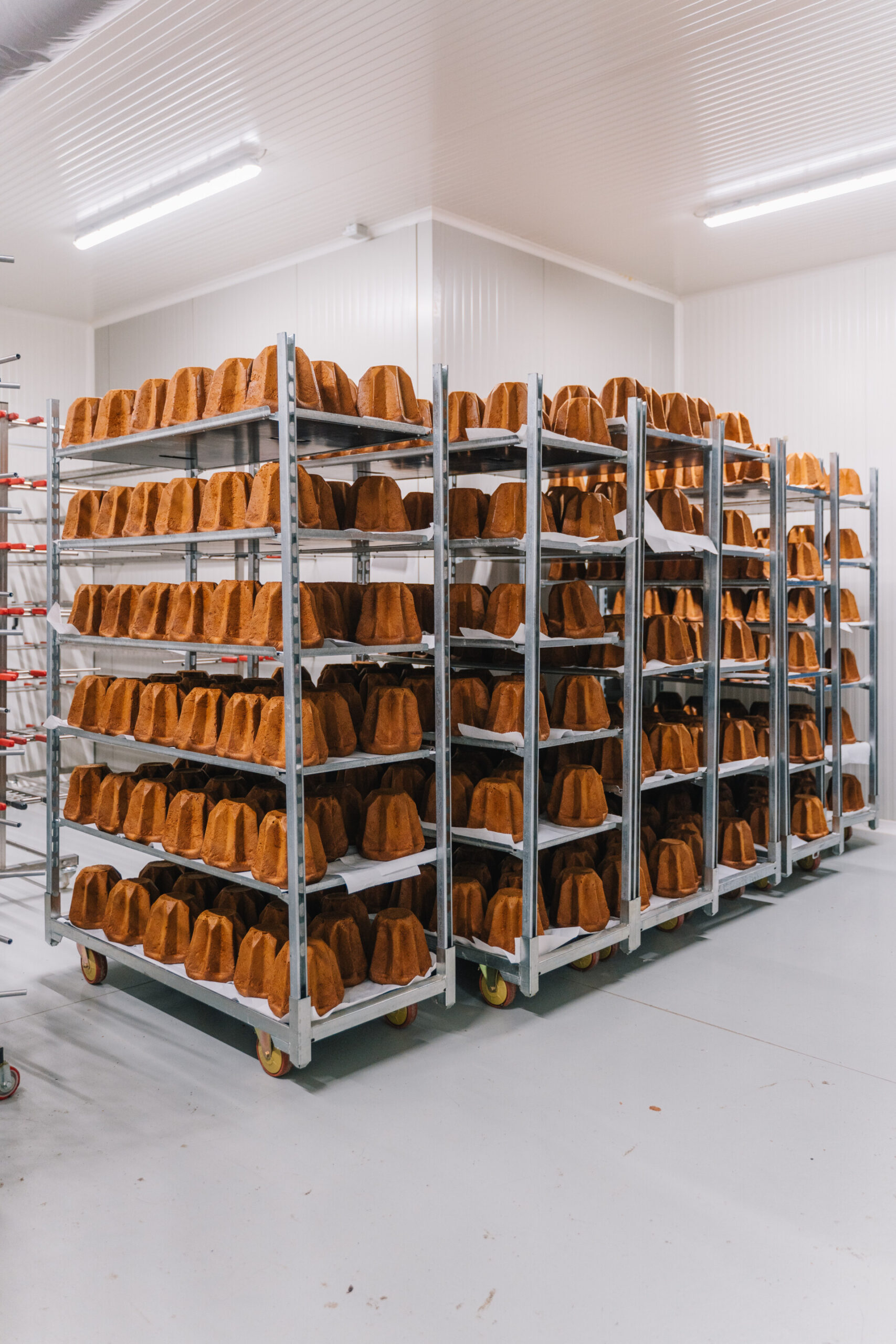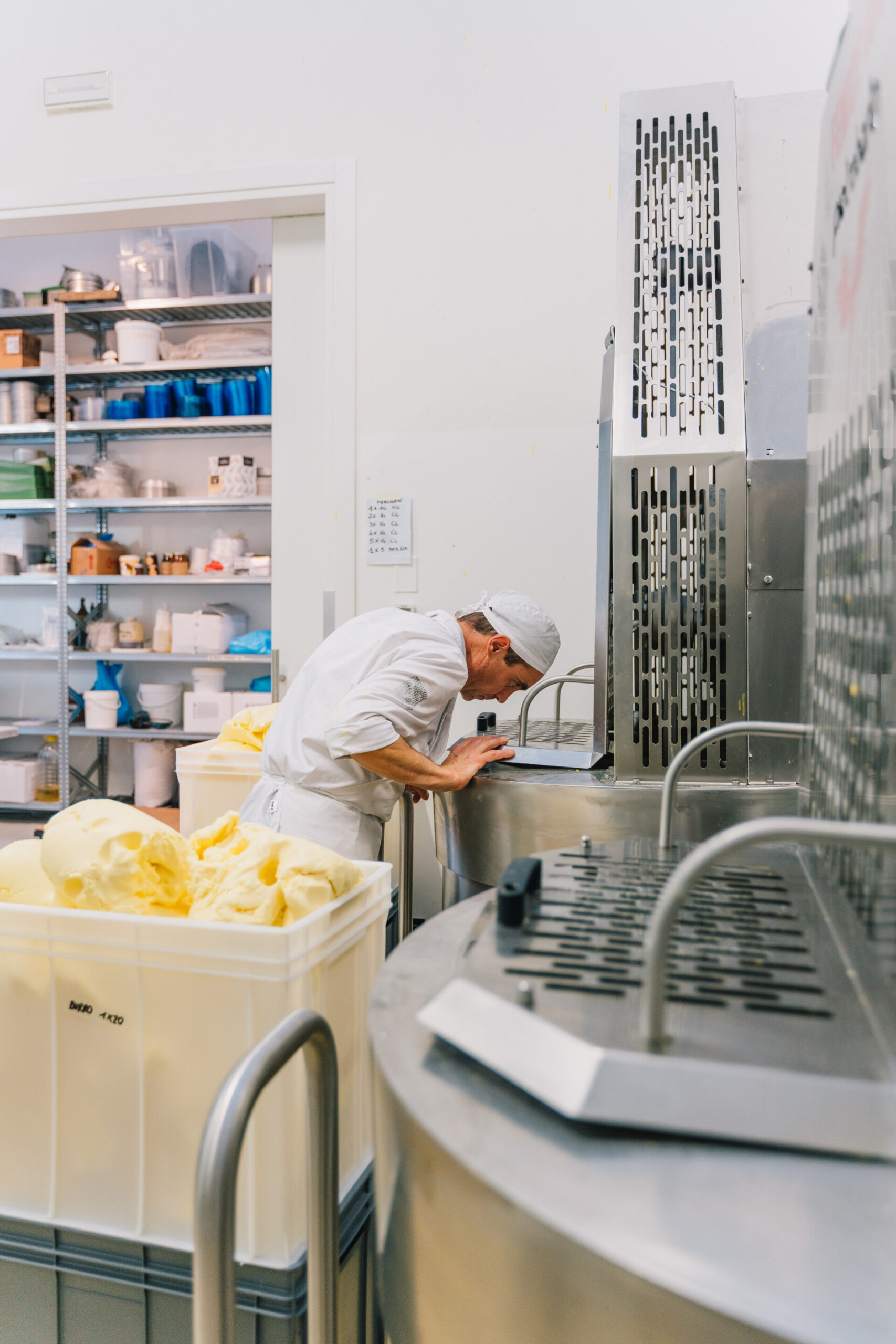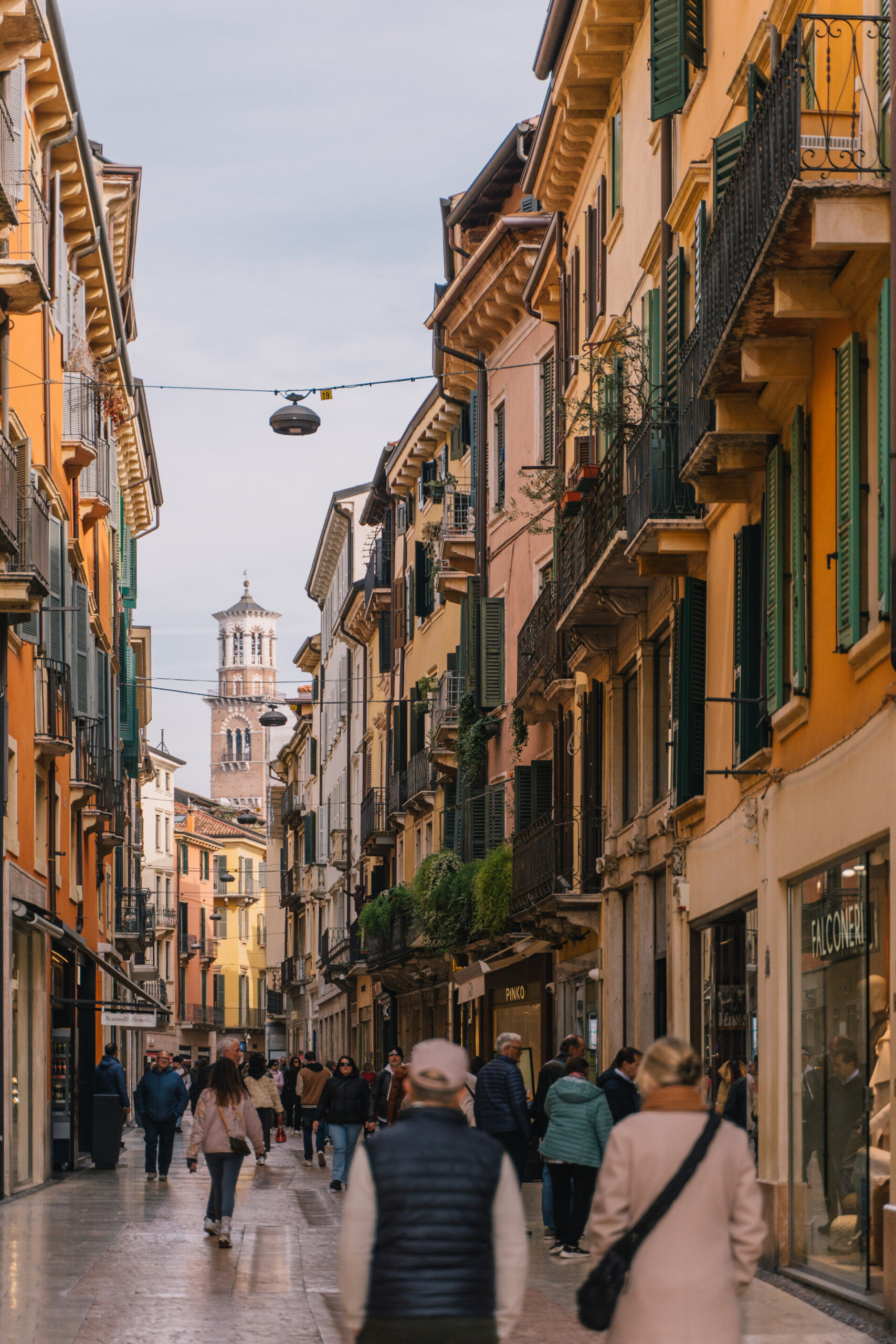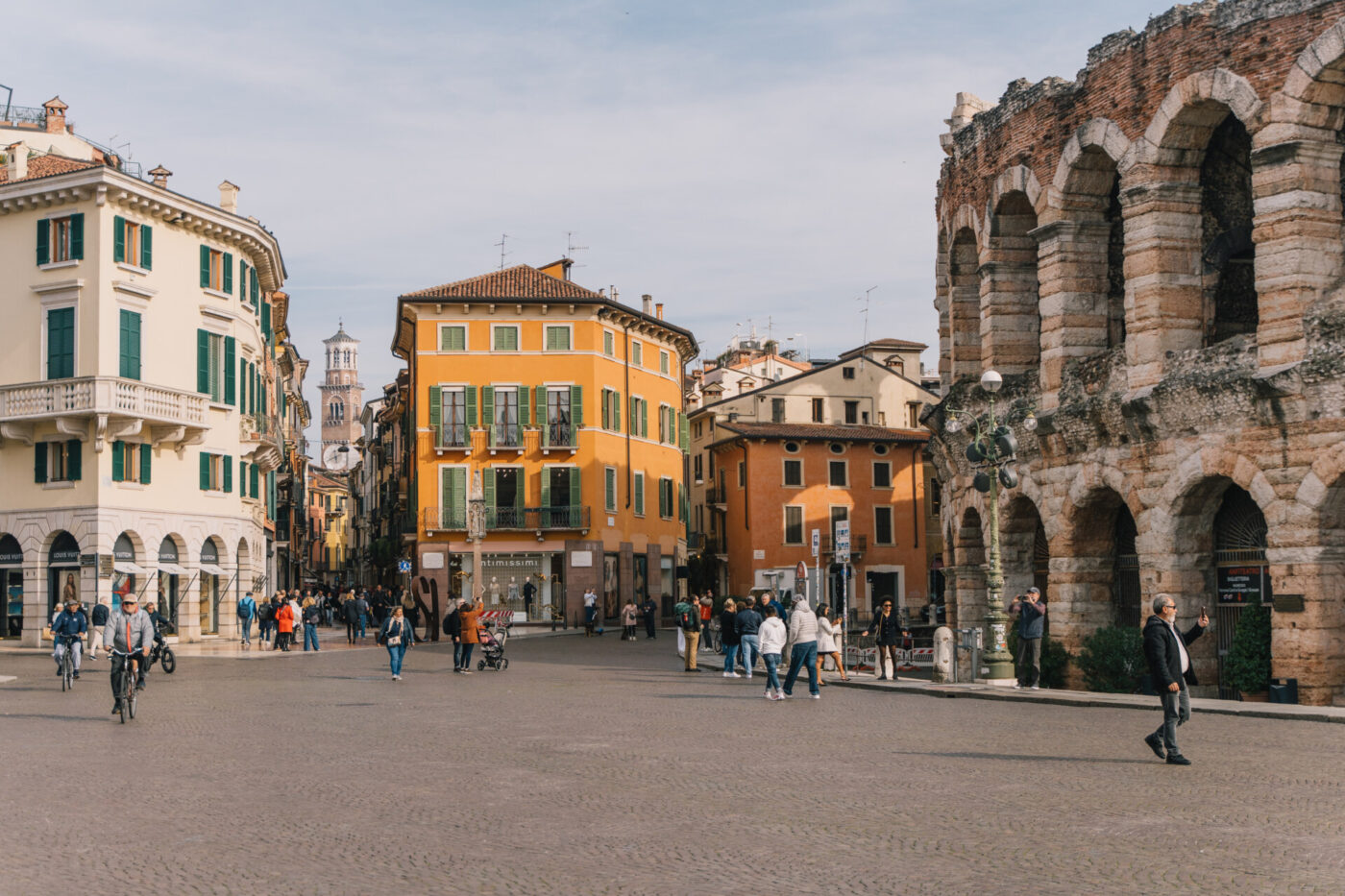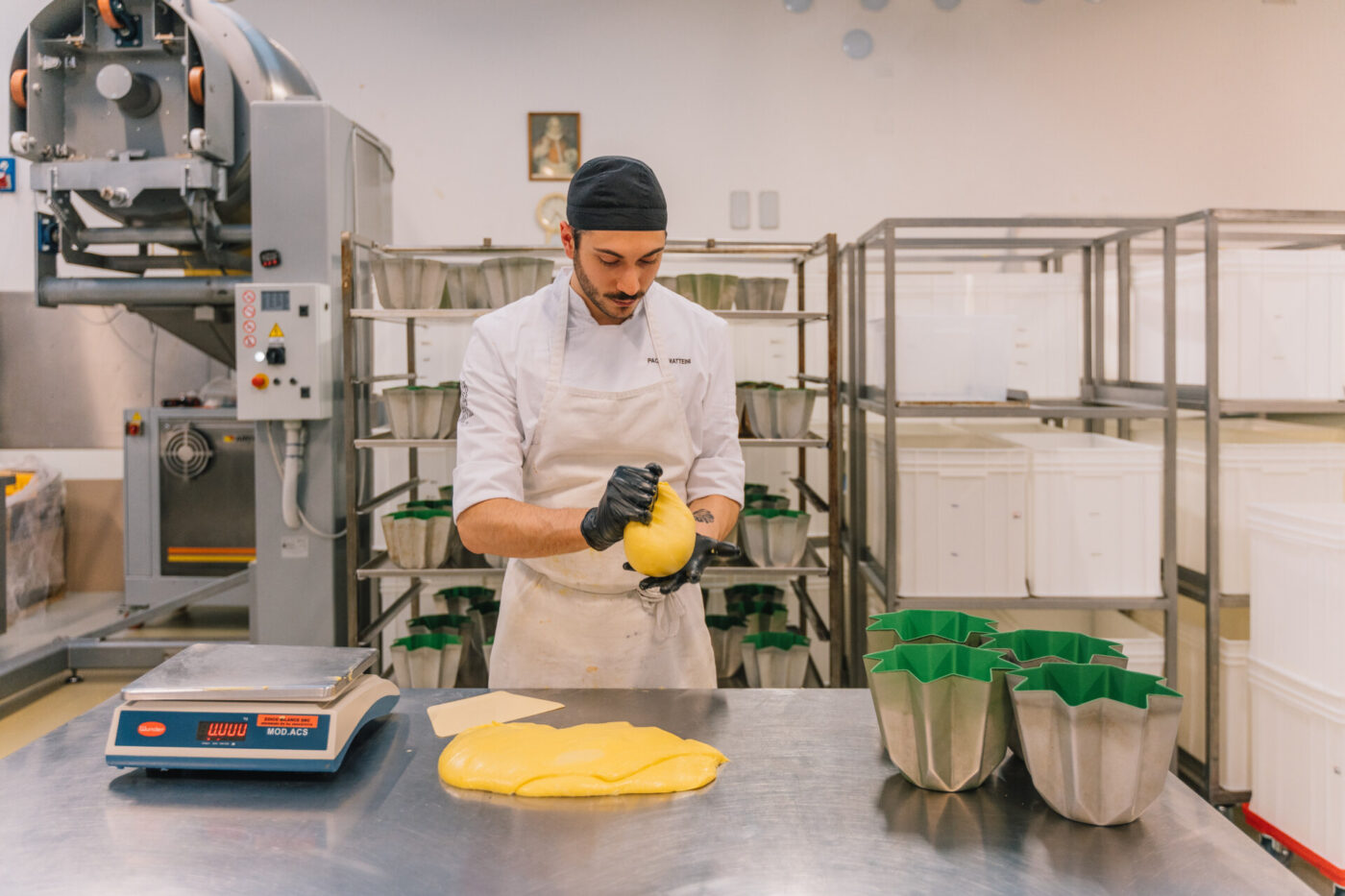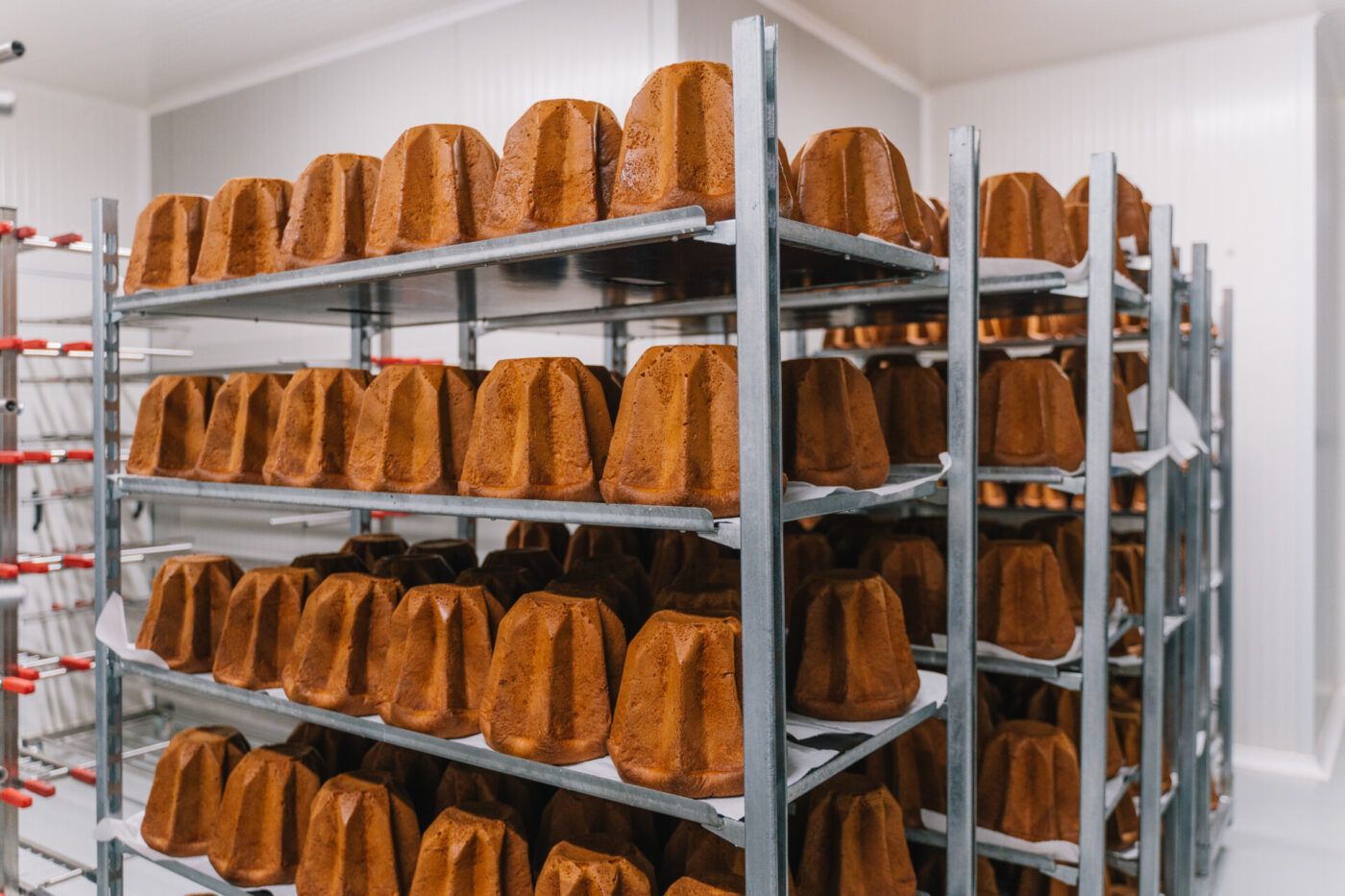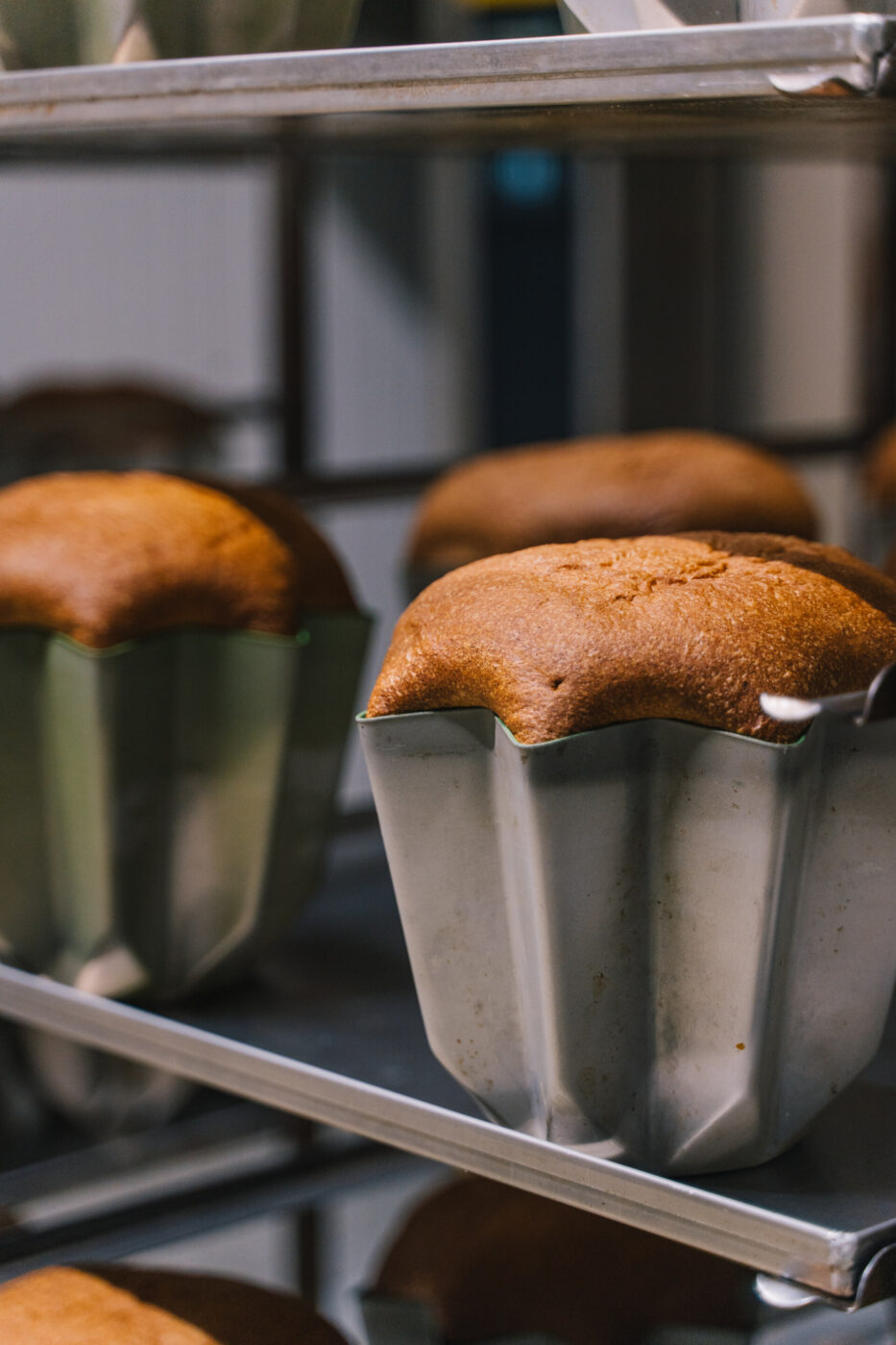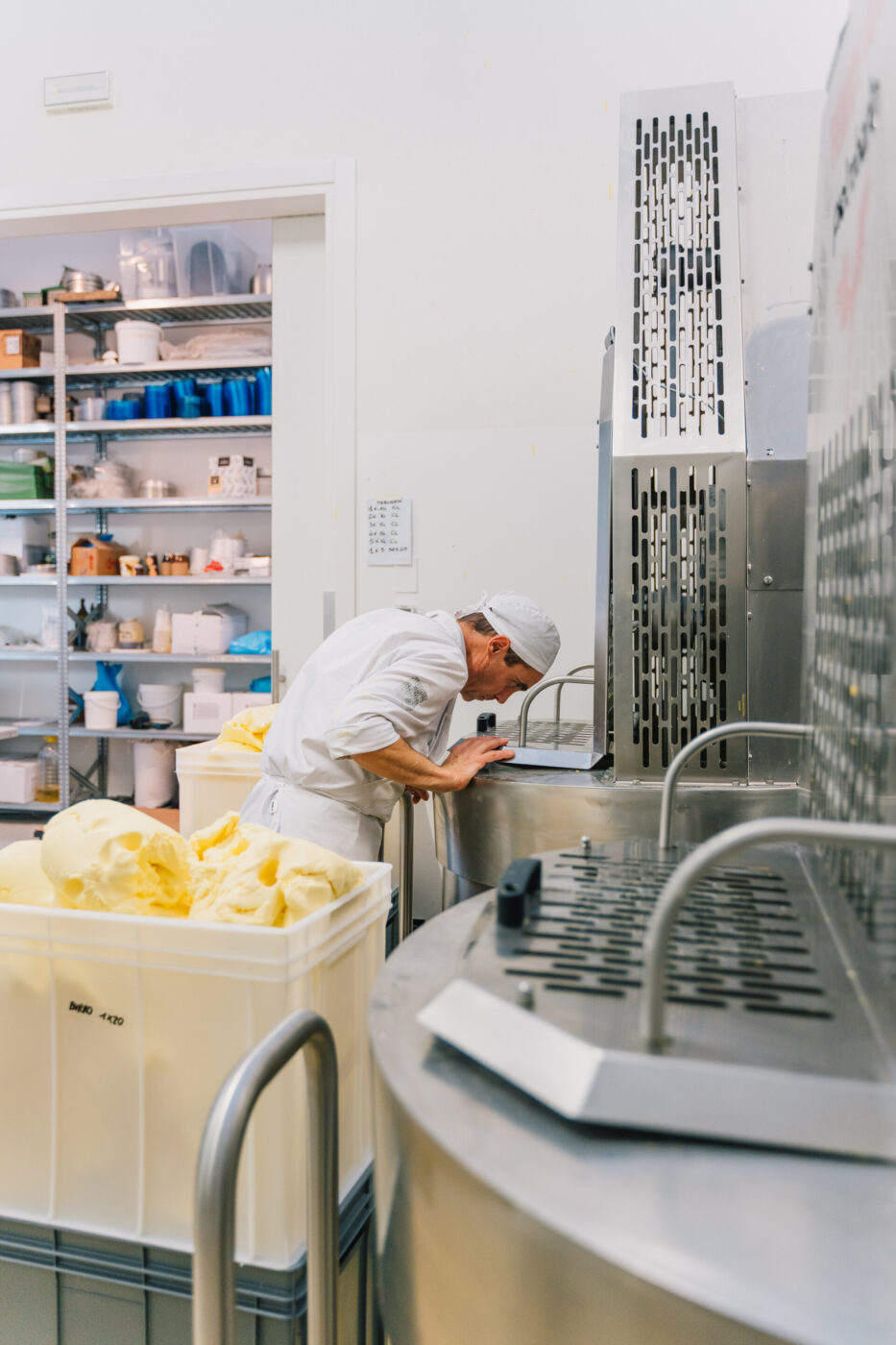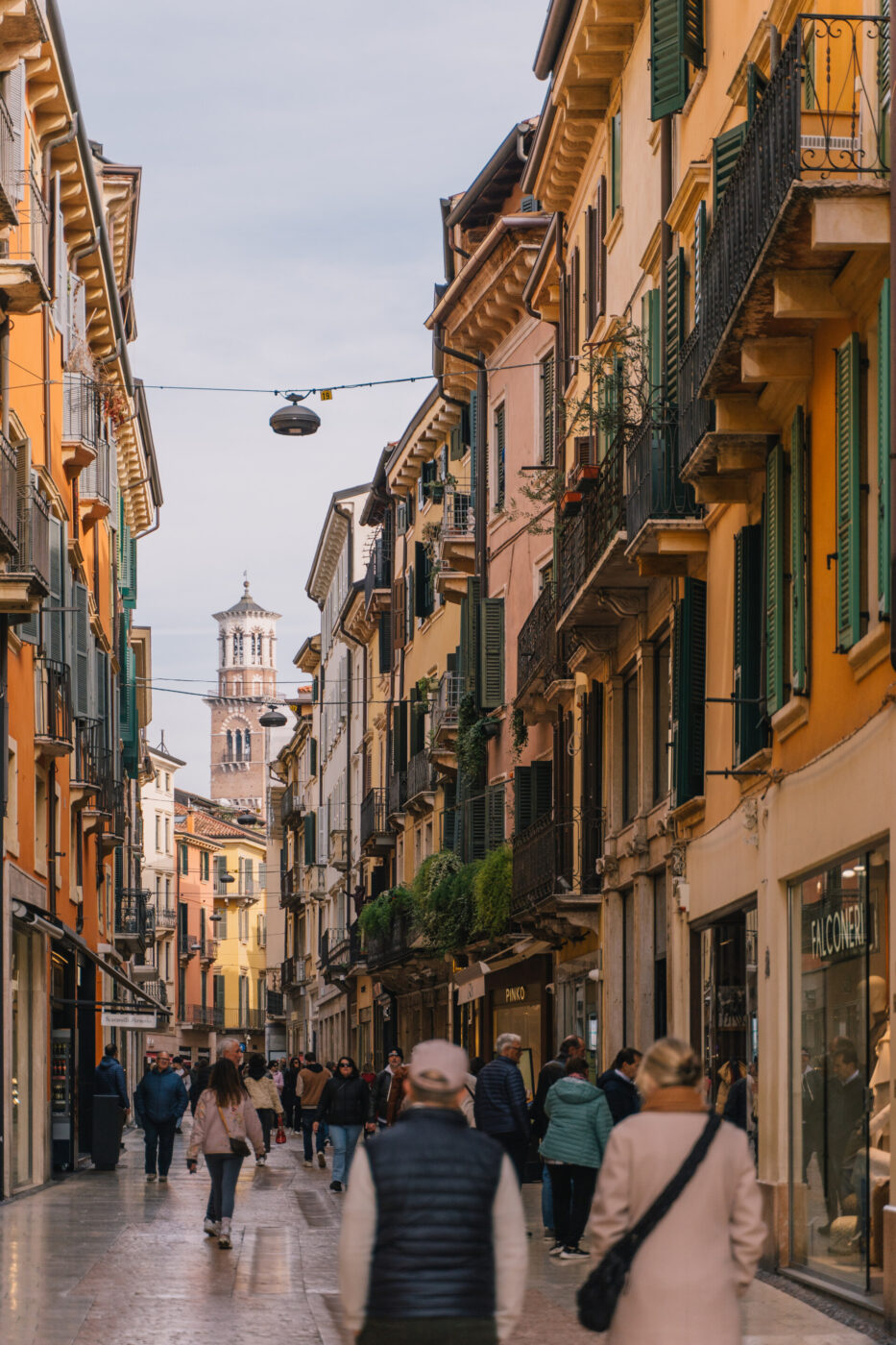Which one did you buy? What did you taste? Which is the best? In the last 10 years, artisan panettone has become an obsession for Italians. Come mid-November, and earlier each year, it’s all anyone talks about. TV shows, tastings, awards, and local and international competitions have turned Milan’s traditional holiday dessert into a national Christmas symbol. Thanks to Italian emigrants, it’s also historically known worldwide (the top producer by volume isn’t even Italian, but Brazilian!). Everyone talks about panettone, but there’s another omnipresent sweet bread on Italian tables from North to South: pandoro. Too bad that few, very few, know it outside Italy, and it’s still a bit of an underdog come Christmastime even within the country. Everyone eats it, but no one really talks about it, or almost no one, so much so that a recent article in the Italian magazine Gambero Rosso recounted how artificial intelligence struggled to generate an image of pandoro–a surefire signal that coverage of the stuff is woefully insufficient.
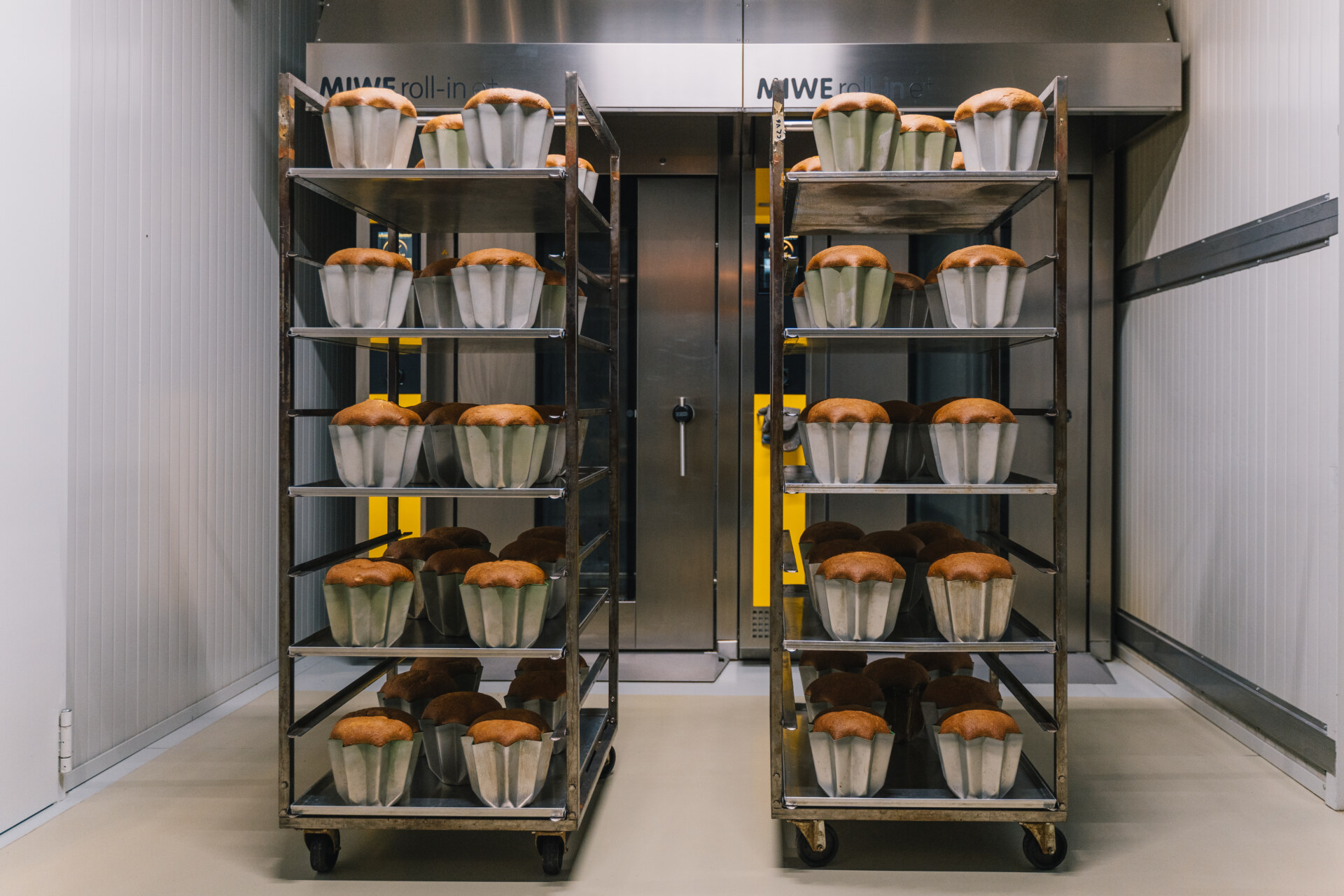
An Industrial Tradition
Pandoro is a leavened dessert (with a more uniform crumb than panettone), typically Christmas-themed, originating from Verona–the city of Romeo and Juliet–in Veneto. It has no candied fruit or raisins (setting it apart from panettone), a star-shaped form, is packed with butter, and smells of vanilla, making it a favorite for children. If you go into a supermarket, you’ll find it everywhere, next to panettoni in a thousand versions; but if you enter a pastry shop full of artisan panettoni, you likely won’t find it at all. Why? The answer lies in a series of unfortunate events. Like panettone, its invention goes back to medieval legend. And, like panettone, the truth can be traced to businesses and commercial ingenuity. It was born in Verona under the name “Nadalin” in the 13th century, with eight points symbolizing the main families of the city (or the rays of the sun, according to different sources). The bread became “pandoro” thanks to Domenico Melegatti (of the eponymous megabrand), who on October 14th, 1884, patented a recipe enriched with butter and cream, so light and airy that it required a special mold designed by a local artist. It’s since become a typical product of Verona, where small family bakeries turned major confectionery companies like Melegatti, Bauli, Paluani, and Dal Colle are based, dominating Italian supermarkets with their products. In Verona and the surrounding area, pandoro has always been found in artisan pastry shops, just like panettone has in Milan. However, when the gourmet panettone trend took off in Milan, pandoro got left behind. Even 16 years after the first artisan panettone event in 2008, no competitions, festivals, or awards have been dedicated to pandoro. But this is not the only reason why artisan pandoro remains a niche product—for now.
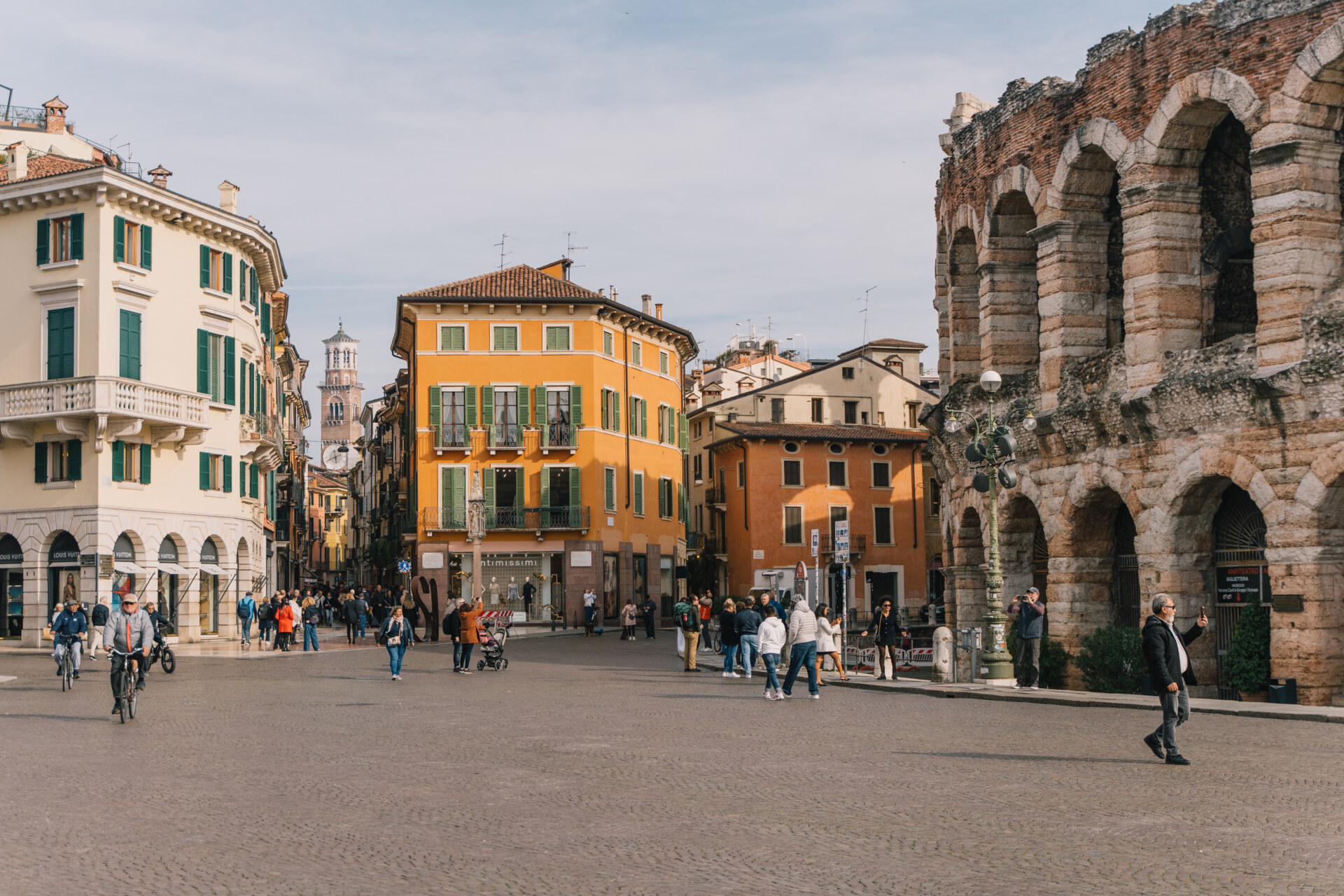
From Verona to the World
Nicola Olivieri, born in 1986, is the master baker and creative mind behind the family workshop, Olivieri 1882, located in a former industrial building in the province of Vicenza. Here, they bake breakfast pastries and other sweets, but especially leavened products that, thanks to their “organized craftsmanship,” travel as far as New York, Dallas, Los Angeles, and Toronto. The American dream has taken them to Eataly in the United States and Fortnum & Mason in London, where, along with their award-winning panettoni, they export pandori. Nicola explains that pandoro is very much appreciated abroad, where it is sold in any season. This year, they even had to make pandoro for Easter and ship it to the United States, where the sweet bread is not tied to Christmas at all. “Pandoro is more difficult to make than panettone. It requires more time for the dough to rise—at least three, even four, rises. It’s rich in butter, which is an expensive product, and it’s much more delicate to manage. Plus, you need to invest in molds (which are metal, not disposable like panettone molds),” Nicola explains. While artisan panettone has become a common product, partly thanks to semi-finished products and technical flours developed by the industry, pandoro remains either the domain of large companies like Bauli and other industry giants or a product of a few brave bakers who believe in it. “In Italy, the artisan panettone market is saturated, and gourmet customers consider pandoro to be ‘the next big thing’ because there are few producers who make it artisanally. Historically, it’s only been made in the surrounding areas,” Nicola continues.
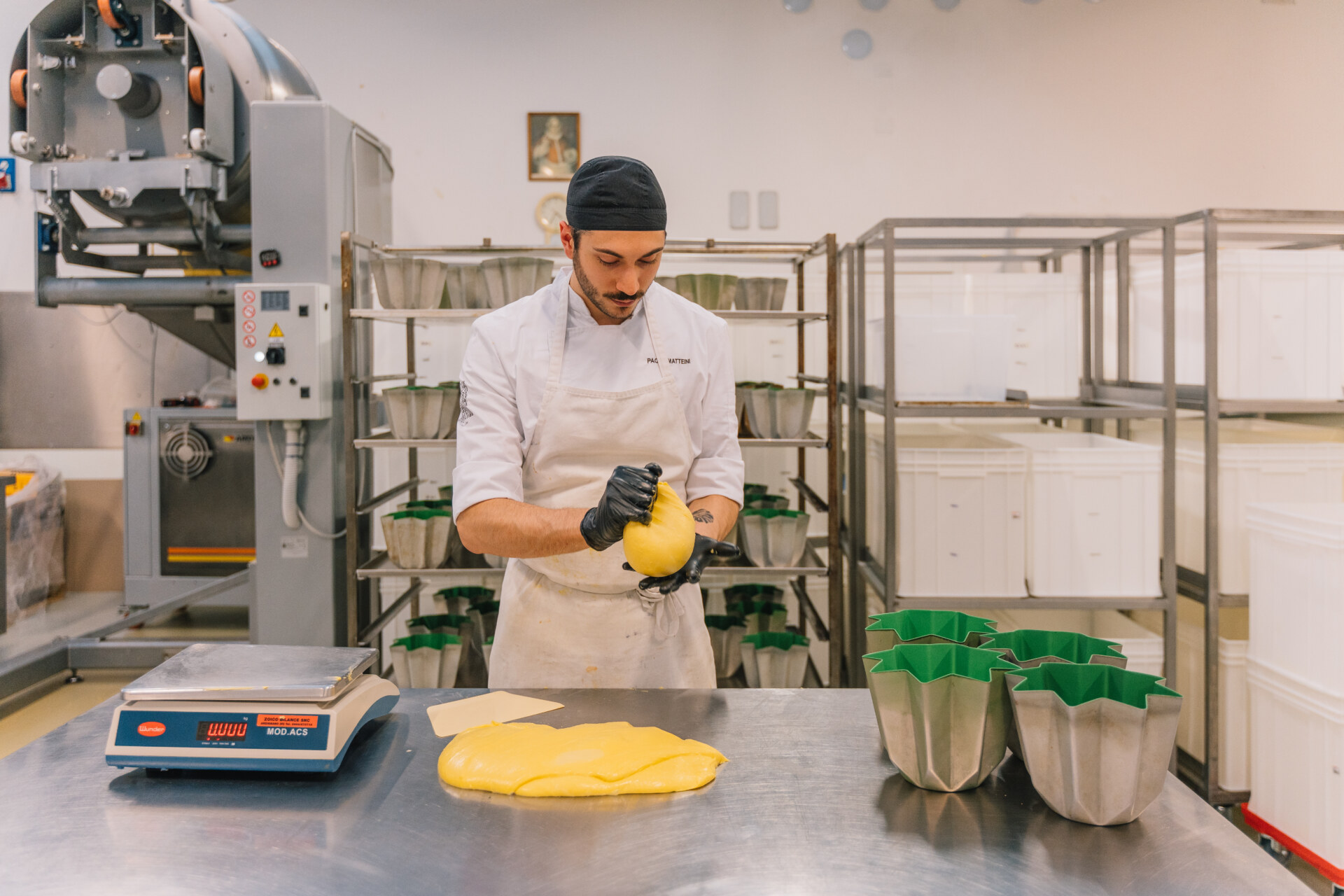
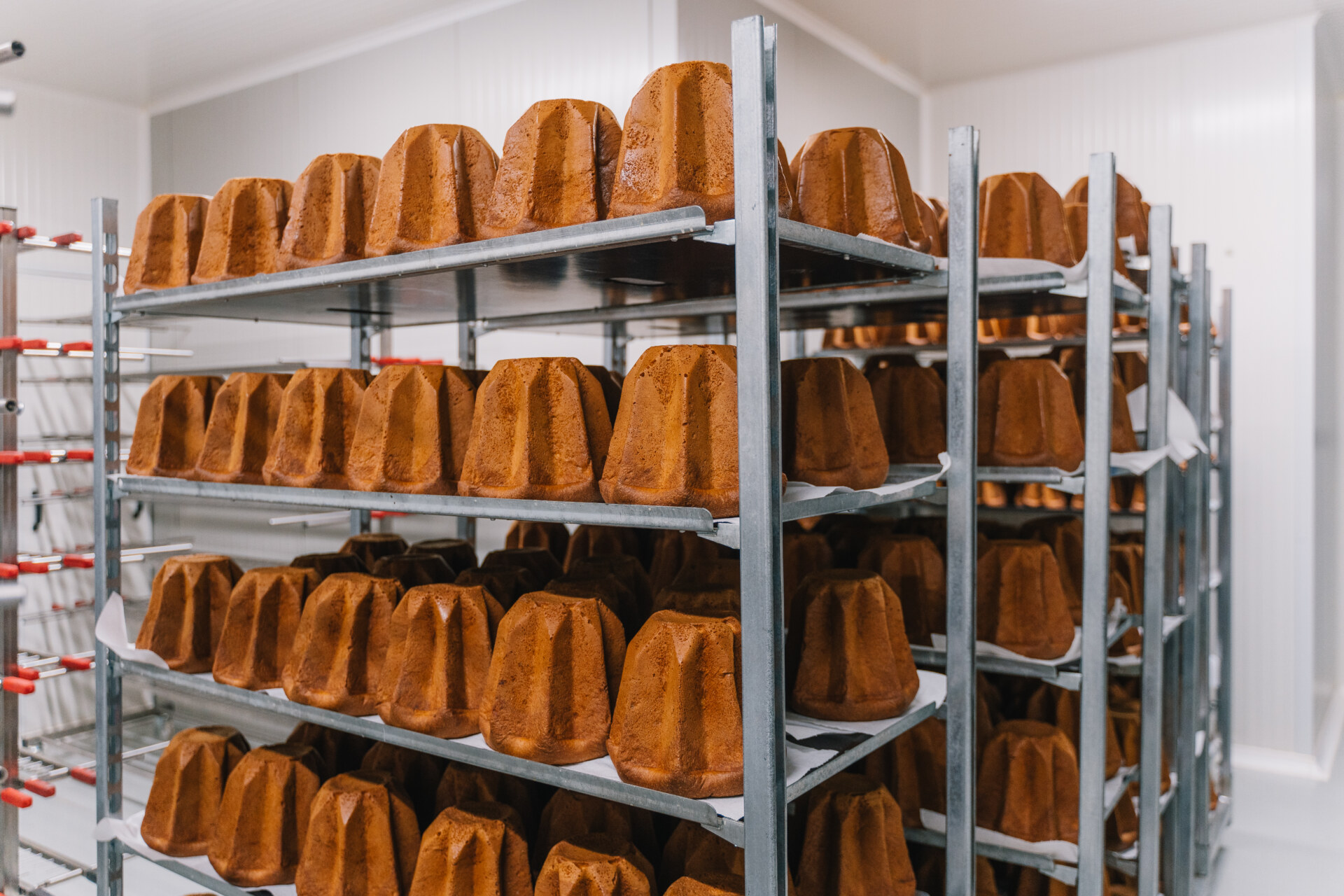
A Niche to Be Unlocked
At Olivieri 1882, as well as throughout the Verona area, pandoro has been made traditionally, but there have also been innovations. Nicola’s version is his take on the family’s original recipe, refined with a modern, technical process—not to make it different, but to make it better. Nicola explains, “Pandoro has an iconic shape and should have a compact structure: the challenge is to achieve a tight yet light, dense but super soft texture.” The difficulty in making a high-quality pandoro is working without artificial flavors, without vanillin in the sugar, with the goal of preserving the taste of memory in an artisanal recreation—something that is far from easy. Candied lemon paste is Olivieri 1882’s signature, worked into the dough. No strange or creative variations; just one, great classic. (Contrast this with the 21 different types of panettone they make, including limited-edition collabs like pumpkin and dark chocolate or aceto balsamico).
If big industries are proposing pandoro filled with limoncello/chocolate/pistacchio/coconut and whatever custards, the artisanal bakeries are experimenting in textures and millimetric shades of aromas, without veering so far away from the original. There isn’t a big enough market, still, and the beauty of pandoro is in all its apparent simplicity. “It’s an easier dessert to understand—no candied fruit, no raisins—and it’s more versatile. If I were a young baker wanting to make a name for myself, I would try pandoro to stand out,” Nicola concludes.
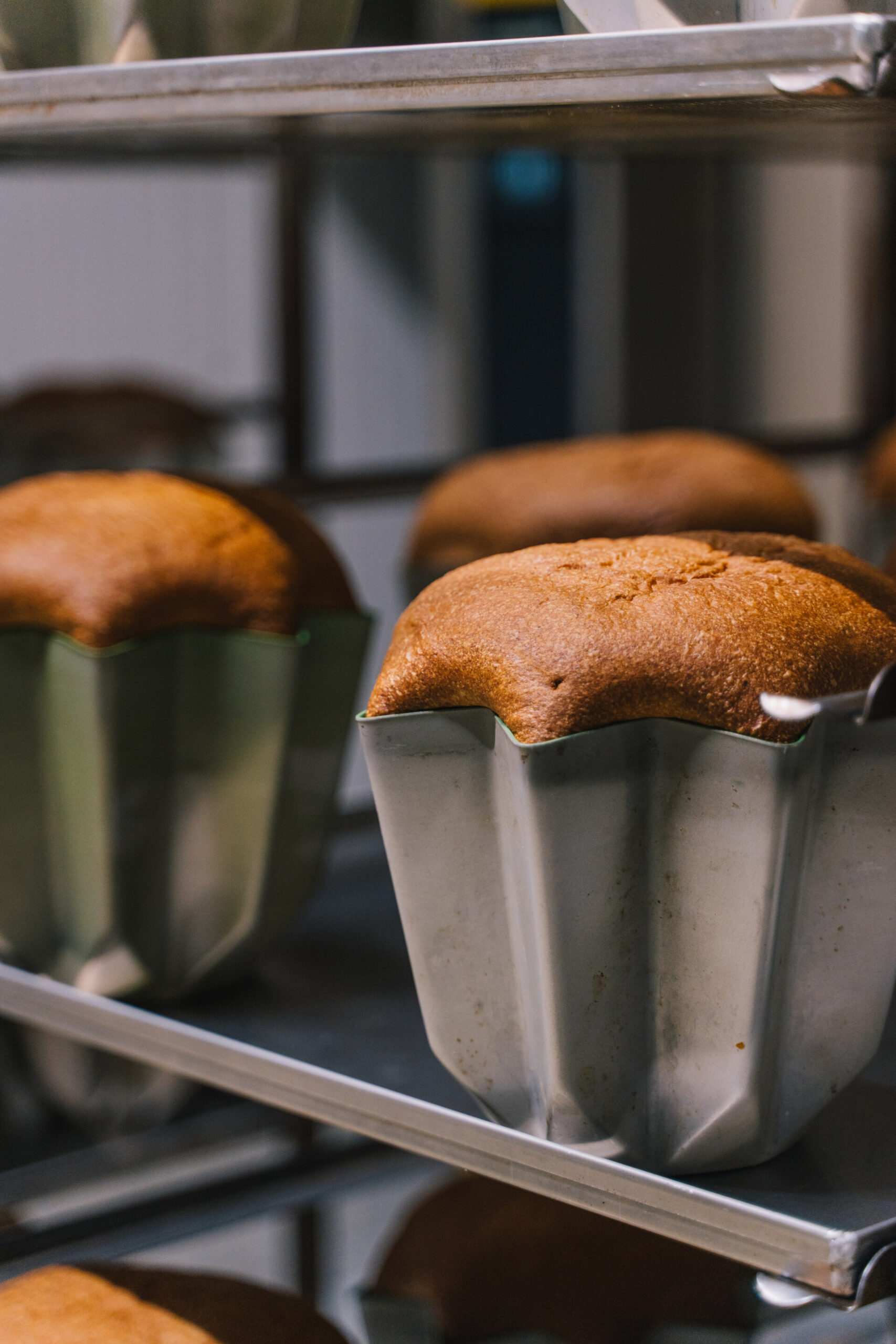
A close up of a Pandoro baking in the oven at Olivieri 1882; Photography by Olga Mai
New Pandori in the South
In recent years, in fact, top bakers, even outside the traditional production areas, seem to be taking Nicola’s advice. I remember my first article on the matter, “Pandoro is the New Panettone,” written in 2017. That was the year I tasted the pandoro of Vincenzo Tiri, a panettone guru from Acerenza, Basilicata, deep in the South and very far away from Verona. Made with a blend of three different doughs (including sourdough), it’s even softer than the original and a true novelty. Each year since, I’ve seen more bakers from outside the traditional production area trying their hand at pandoro. In 2023, renowned three-star chef Niko Romito made headlines when, following his famous bread and panettone, he turned his attention to pandoro; his version is airy and very different in texture from the traditional, with holes more similar to a panettone than to the thin honeycombs of pandoro. This year, 2024, fashion brand Etro, in collaboration with Aimo&Nadia, a historic Milanese Michelin-starred restaurant, launched a pandoro; it’s the first case of a “fashion pandoro” in a whole, long-existing world of panettoni signed by fashion brands. Meanwhile, Sal De Riso, one of Italy’s top pastry chefs, based in the Amalfi Coast, presented his “Pandorato”: round and scented with candied mandarin. These are faint signals of a dessert that’s evolving, but not at the expense of its soul.
